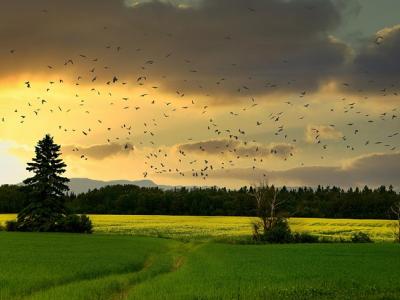Dataset Entries from this Author

How We Built This: Data, Tools, and Trust
We used official data from UNdata (last accessed November 2024), focusing on threatened species by country and year. The information was grouped into three main biodiversity categories—Vertebrates, Invertebrates, and Plants.
Using Python and Pandas, we cleaned and filtered the dataset to remove duplicates and non-country entries. For each year between 2004 and 2023, we highlighted the top 25 countries with the highest number of threatened species per category. This made the data easier to visualize and understand.
- Categories:

This dataset provides a comprehensive analysis of global land use and biodiversity trends, offering insights into how ecosystems are changing over time. It includes country-wise data on arable land, forests, and permanent crops, helping to track the impact of agriculture and deforestation on natural landscapes. The biodiversity section highlights protected areas and key conservation indicators, allowing researchers to assess the effectiveness of environmental policies.
- Categories:

CO2 Emissions Data Visualization Project – I Hug Trees
The I Hug Trees CO2 emissions project is a data-driven initiative that visualizes global carbon footprints using interactive treemaps and bar charts. The dataset, sourced from UN Data, contains CO2 emissions figures for the top 25 highest-emitting countries, extracted from a larger global dataset. This structured CSV dataset categorizes emissions by country, industry, and energy source, enabling comparative analysis and trend identification.
- Categories:
